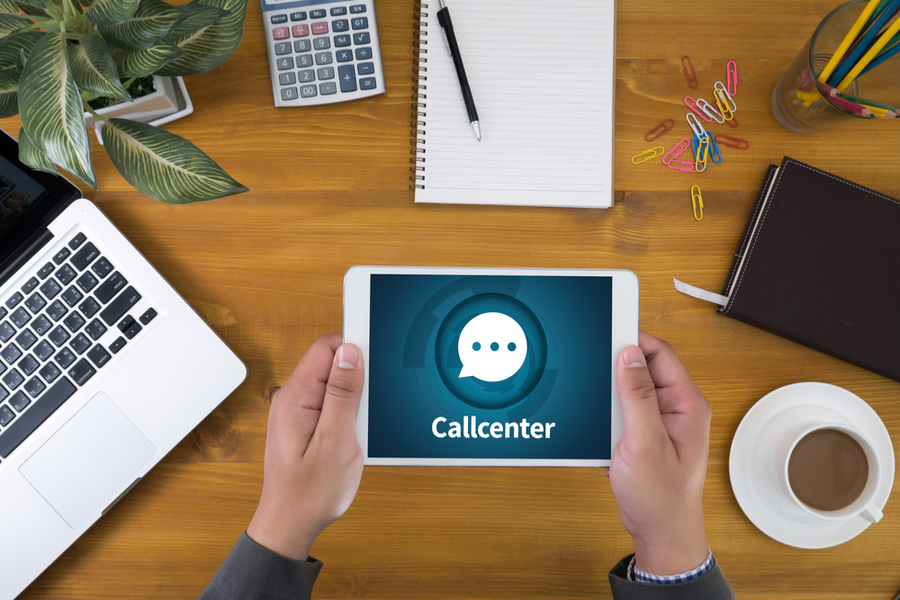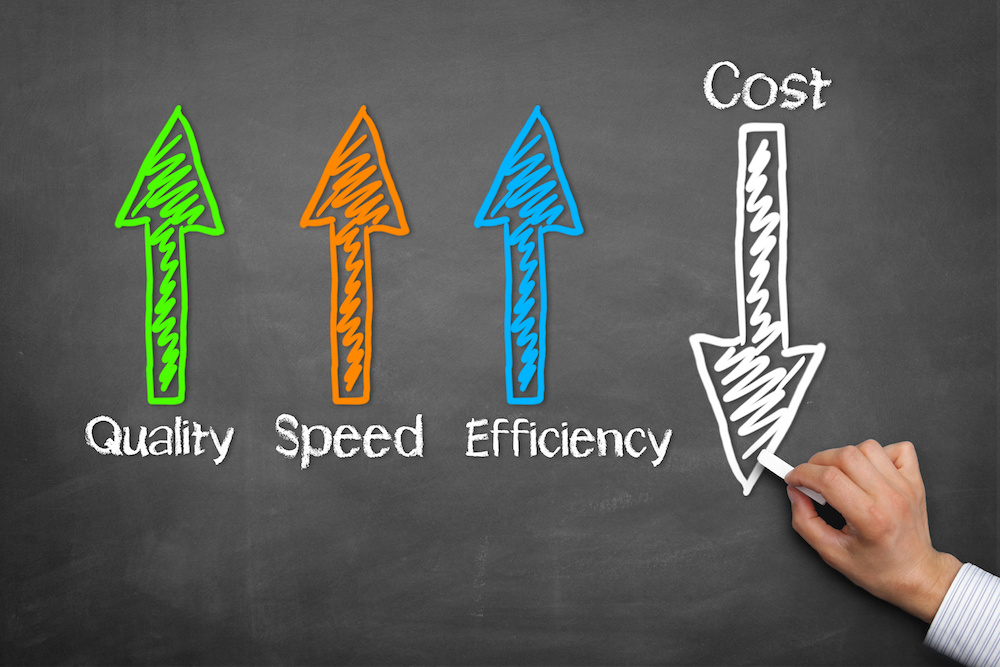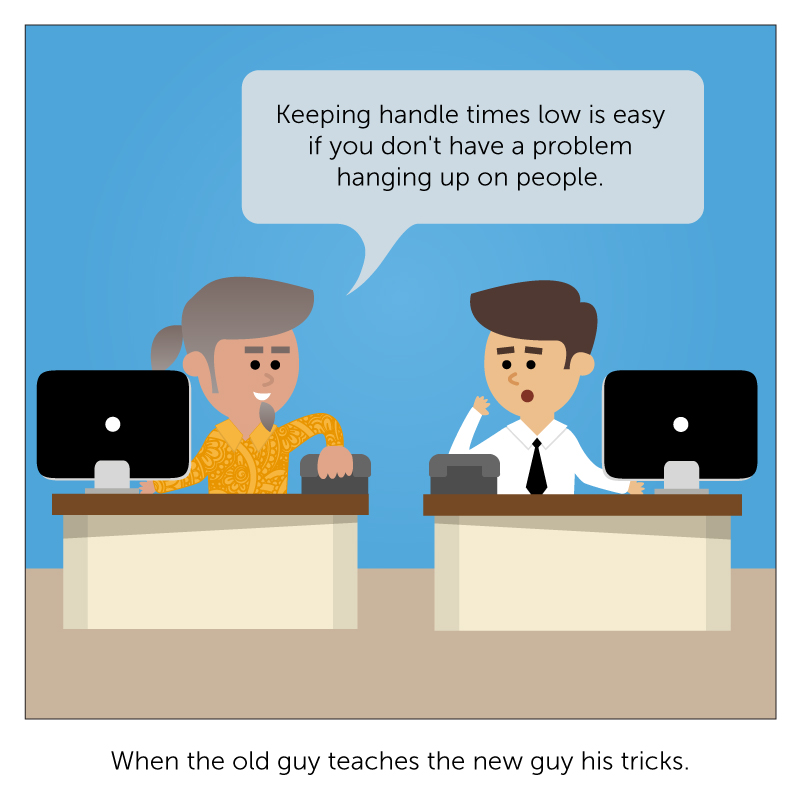This is the first in a series on Contact Center Unified Communications.
The meaning of “unified communications” can vary, depending on whom you’re talking to, but most of us think of unified communications as the integration of different types of enterprise communications in a consistent unified user interface and user experience across multiple devices and media types.
But what does this mean in the contact center, where they already have omni-channel communications? This series, which will run through rest of the year, will explore how integrating unified communications with contact center systems can make a big difference in call center metrics such as customer satisfaction, first call resolution and agent productivity by enabling collaboration between agents and between agents and rest of the enterprise.
Contact Center Unified Communications Components
First, let’s quickly define all the types of communication involved in contact center unified communications as represented in the figure below.

Source: Aberdeen Research
- Voice: It is safe to say that you’re familiar with the voice channel. While this originally meant the analog phone call over a copper that we are all familiar with, it has expanded to include digital “voice as data” or VOIP.
- Mobility: This includes all your mobile devices – smartphones, tablets, e-readers, PDAs…even portable music players. If you can carry it and it has access to the Internet, people will want to collaborate with you on it. Even as this blog is being written, this category is expanding to include wearables. Currently wearables are most commonly devices to monitor health and fitness, but smart watches such as the Apple iWatch and glasses such as Google glass will no doubt gain momentum in this space.
- Presence: This feature lets you see who is available via what communication method and if they are busy or not.
- Email: Most of us know only too well what this is, and email is no different in this context.
- Instant messaging: Also known as IM, an instant message is a real-time, text-based communication (similar to chat). It uses a shared software client. Enterprise messaging is used by organizations as a means of easy communication within the business. Enterprise IM can include access restrictions and other security measures, such as encryption. It can include file transfer.
- Desktop Sharing: Also known as screen sharing, this allows you to share your computer desktop with one or many other users. This can be done over a private network or over the Internet.
- Directory Services: Directory services are software systems that store, organize and provide personnel contact information. What this means is that you can always contact someone on your team, even if you don’t know where they are, or what their number or email is.
- Video: Video conferencing has recently become affordable for everyday business. In video conferencing, two or more sets of hardware and software interact while simultaneously transmitting and receiving video and audio signals. Video conferencing can include sharing documents, whiteboards, etc.
Integrated Contact Center Unified Communications
With these unified communications methods in the contact center, teammates can collaborate with each other across all these mediums, and an entire conversation thread can be captured no matter where it occurs. Many of us use more than one of these types of communication simultaneously.
What makes them unified is that they are integrated and provided within a single user interface. This integration allows someone to send you a message on one medium while you receive it on another. For instance, someone could leave you a voicemail message, and you can respond back via a chat or a video call. And you could do this on your computer, mobile phone or table. Unified communications allow one person to reach many, and teams to collaborate with each other from multiple devices.
An alternative definition of Contact Center Unified Communications is “the combined use of communications and collaboration solutions.” By combining these communication services into a single interface, teams can collaborate more efficiently and improve operational efficiency.
Contact Center Unified Communications can help your business become more flexible, agile and adaptable. Home and mobile workers can keep in touch and respond at once. Decisions can be made faster and travel time and expenditures can be reduced.
Contact Center Unified Communications Is Not Omni-Channel
There are a lot of channels in this picture, so it could be easy to confuse Omni-Channel with Contact Center Unified Communications. They do look similar, but omni-channel refers to the use of multiple channels to interact with customers in a context-aware manner. It includes consistency of experience across channels, so that a call center agent can communicate with customers via chat, voice, social or email, etc.
Why Contact Center Unified Communications Is Important
Now let’s discuss why Contact Center Unified Communications is important.
Recent studies by Aberdeen Research show that contact center performance can be maximized when the contact center uses unified communications. These companies decrease the time contact center agents spend looking for the information and answers they need to do their job. In turn, this increases their productivity and helps increase customer satisfaction rates. Contact centers using unified communications gain these benefits:

Source: Aberdeen Research
Contact Center Unified Communications delivers far-reaching results, from improving efficiency to customer satisfaction and better financial performance.
It makes sense – we all know poor communication and collaboration adversely affect call center agent performance. Conversely, the quicker an agent can get in touch with someone who has the answer or the information they need, the more likely they will be able to resolve a call to the customer’s satisfaction. Unified communications, by enabling an agent to collaborate with their teammates, and rest of the enterprise, gives agents access to the resources they need to do their jobs at maximum efficiency.
In the next blogs in this series, we’ll explore how Contact Center Unified Communications helps your company and your customers, the practices of best-in class companies, the top challenges to Contact Center Unified Communications, what you can do to unify your communications, and how you can use Contact Center Unified Communications to meet your goals.
For more in-depth information:
- Listen to the Aberdeen Research on-demand webinar The Business Value of Contact Center and UC Integration
- Download the Aberdeen Research Infographic Maximize Customer Satisfaction through Communication & Collaboration.








